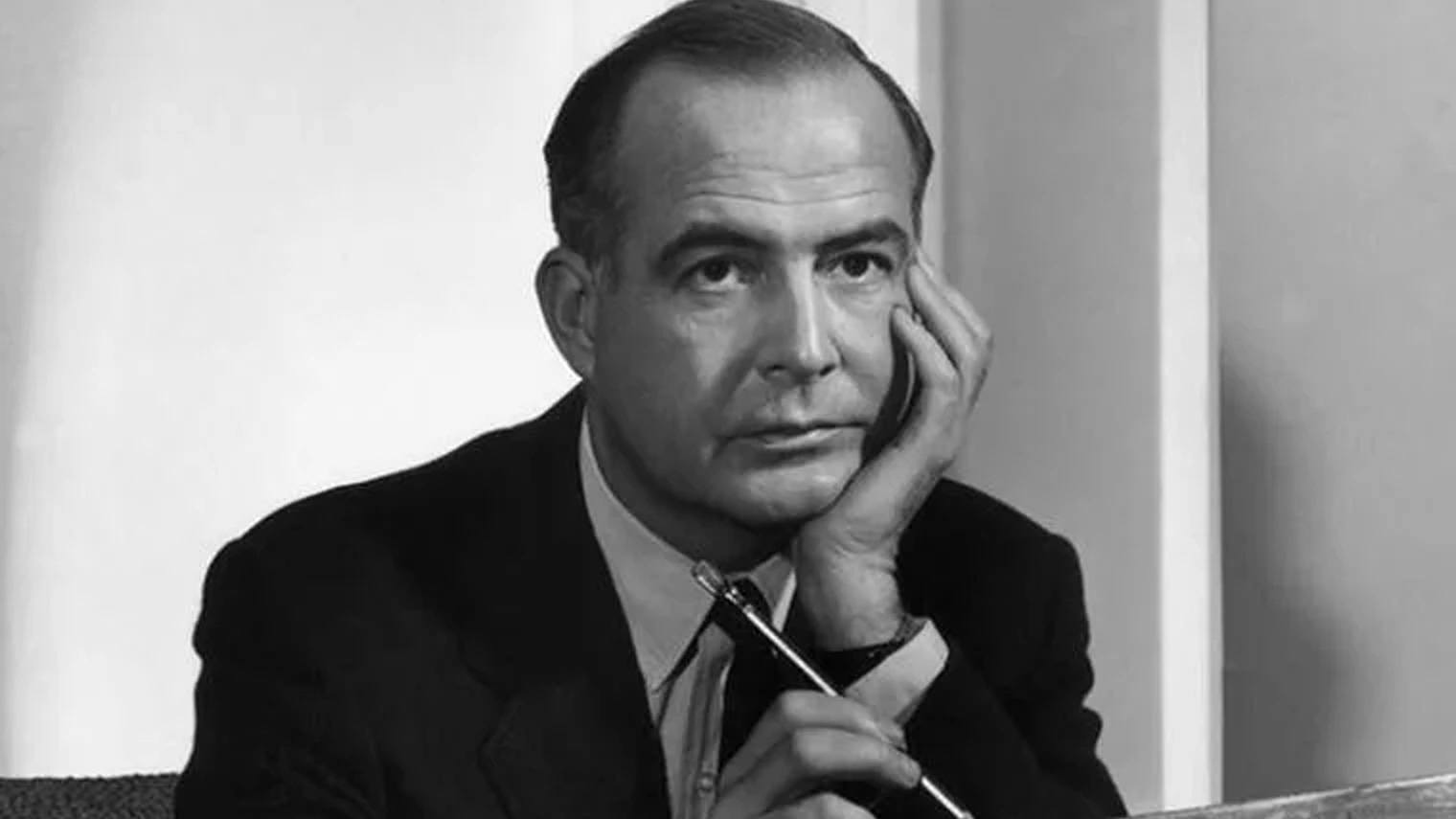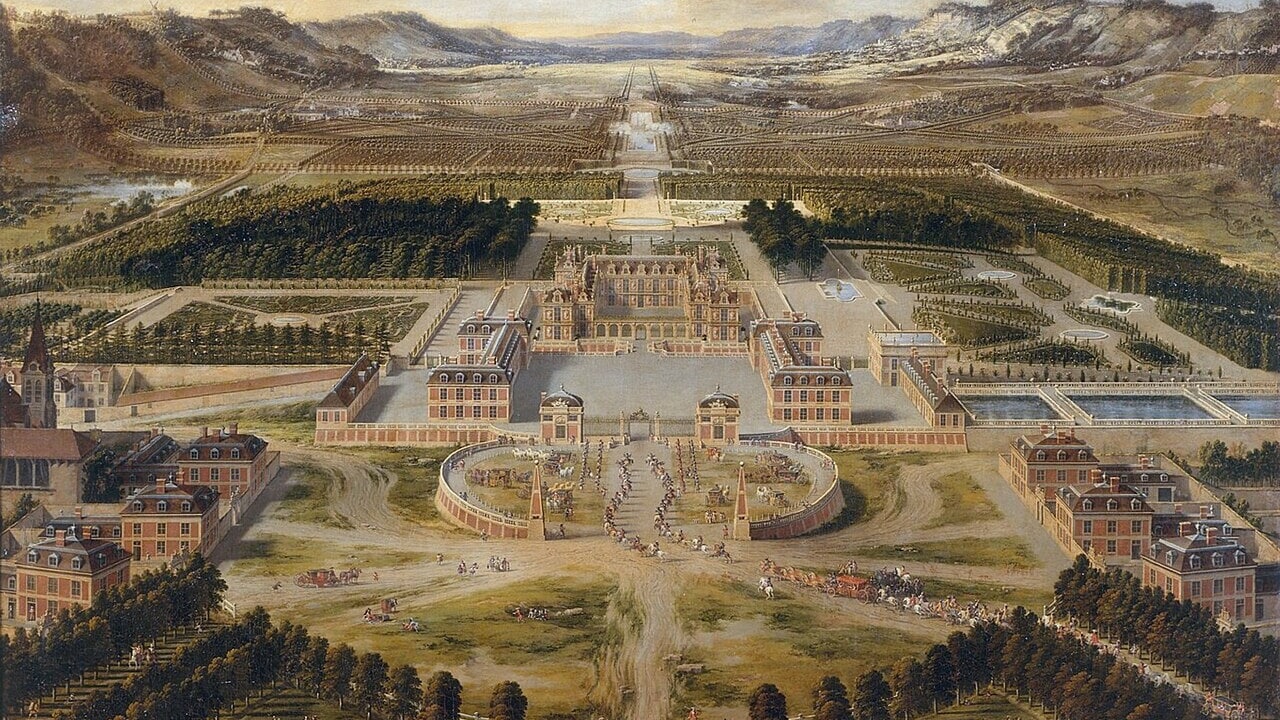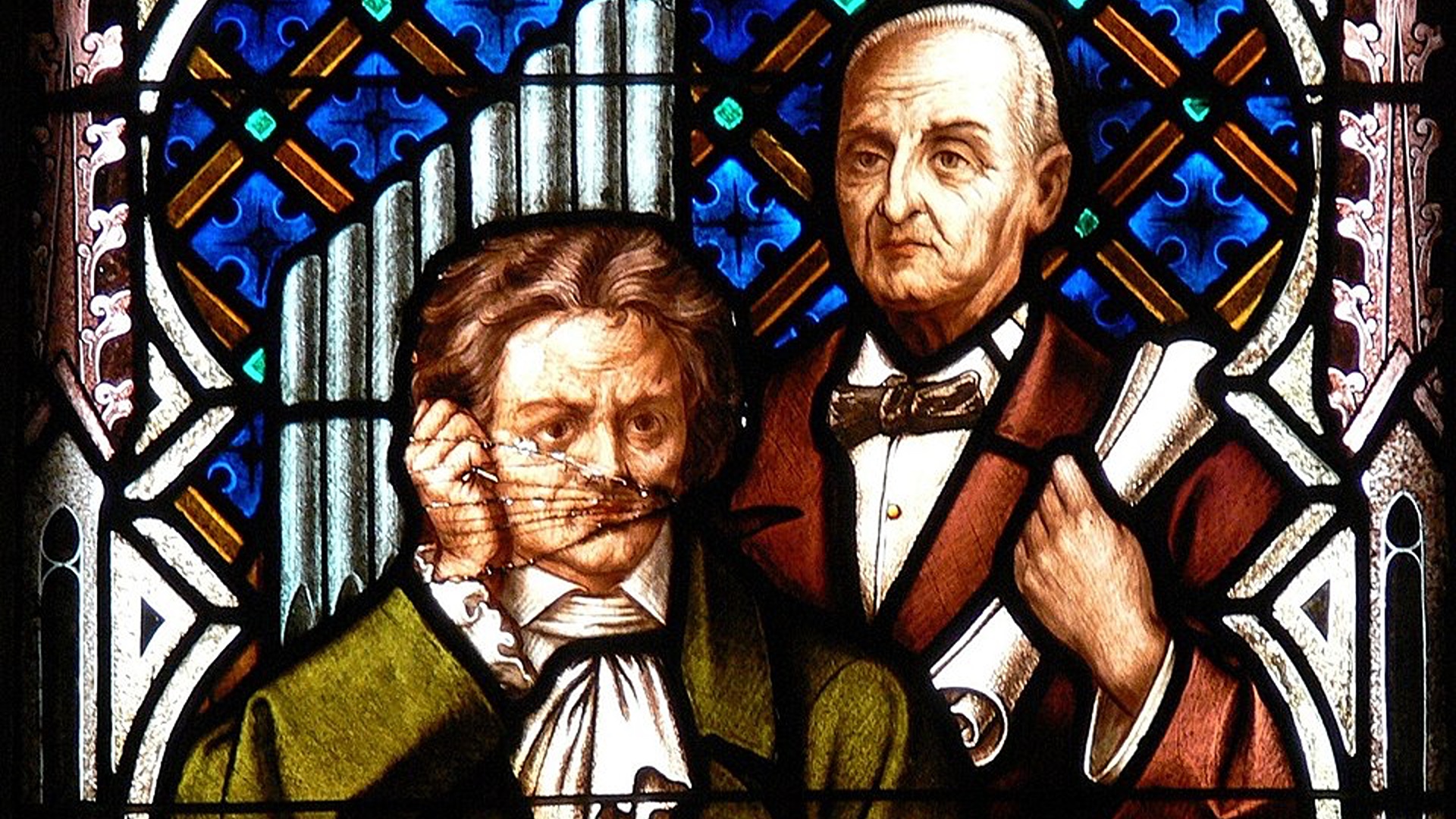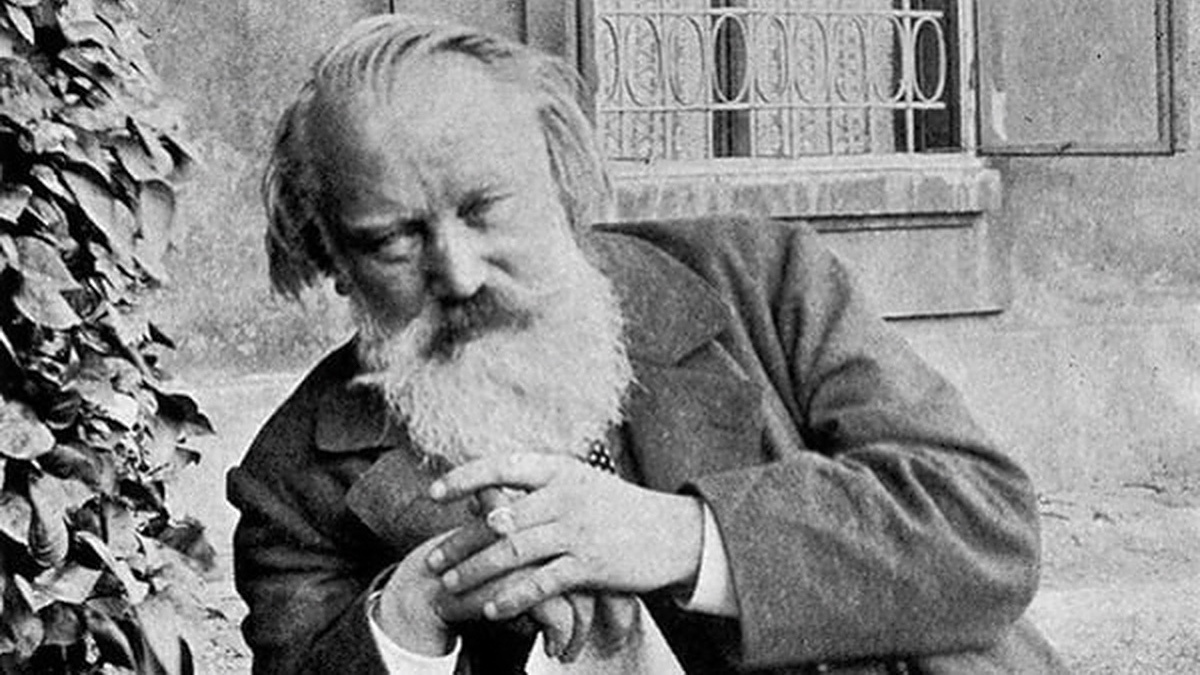Barber’s “To Be Sung on the Water”: Conspirare
Themes of loneliness, isolation, and loss emerge in the late works of Samuel Barber. One of the most poignant examples can be heard in To Be Sung on the Water, Op. 42, an a cappella setting of a poem by Louise Bogan (1897-1970). Composed in December of 1968, the music unfolds over an ostinato which suggests the gentle, hypnotic motion of a rowboat through the night. We become aware of the persistent flow …







